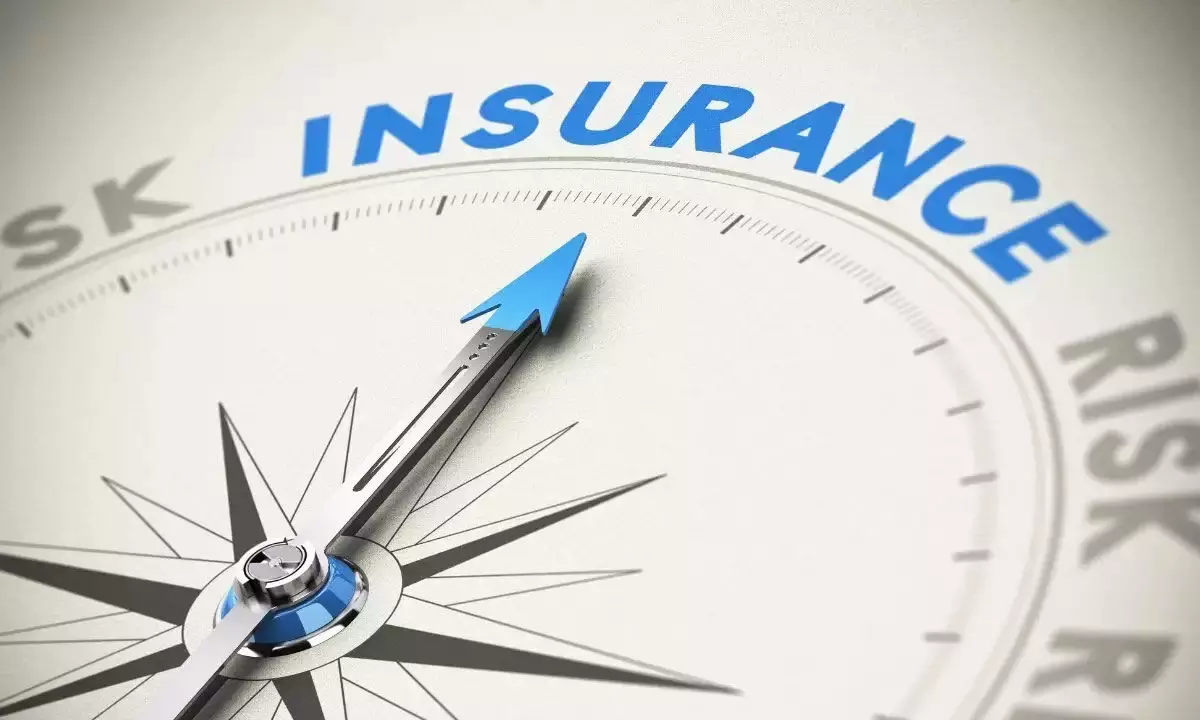How term insurance needs changing at every stage of life
It’s important to keep assessing your needs and choose a plan accordingly so that it doesn’t fall short when your dependents need it the most
image for illustrative purpose

Just the way your financial goals are not set in stone, your financial planning also needs to be revisited every now and then. Term insurance, which is often dubbed as the foundation of all financial decisions, is not any different. The policy that shields your finances and your dependents in an unwelcome, untoward situation is also something that needs to be evaluated time and again with every stage of life. While term insurance may seem like a one-time decision, in reality, it needs to be reviewed as you continue to age. Inflation, change in income, change in expenses, growing family - there are countless factors that keep influencing one’s financial condition. Term insurance, being a forward-looking decision, makes sure that all these factors are taken into cognizance while deciding your coverage at every stage of life.
Contrary to popular belief, term insurance is not only for those with familial dependency. In fact, it is encouraged to buy young and avail of lower premiumrates. Potential health risks and other hazards are often at bay at a young age and so, one falls under a low-risk profile, thereby qualifying for high coverage at a low price. For instance, a 25-year-old salaried individual living in Delhi can opt for a cover of Rs 50 lakh at a monthly premium of Rs 400-600, which is quite reasonably priced.
When you’re young, it’s easy to think that you don’t have any dependents. However, uncertainties can occur at the most unexpected moment and should anything unfortunate happen, you wouldn’t want your ageing parents to bear the brunt of it. Term insurance comes to your rescue in these distressful times and shields your family. Life insurance companies also offer term policies with life stage benefit rider, which allows you to increase coverage during important milestones in your life like getting married, or having children. One should follow a fundamental principle while buying insurance, which is to buy it when the risk is low. Once the risk factor is high, it’s not only more difficult to obtain insurance, but it’s also costlier.
Once you are in your 30s, you are most likely to be married and planning a family or even raising small kids. There’s a high chance that your parents depend on you as well. This is a crucial stage of life where expenses and responsibilities start to pile up and financial security matters more than ever. It is, therefore, advised to have adequate coverage to pay off all these liabilities in an unfortunate situation. One should consider at least a 10 times cover to their annual income to cover their dependents sufficiently. A 35-year-old living in a metro city can get a sum assured of Rs 1 crore at approx. Rs 1200- 1400 monthly premium. Consumers at this age still fall under a relatively lower risk profile but the financial dependency on them increases significantly. So, it’s wise to delay no further and buy a term plan that suits one’s needs right away at a plausible premium.
This is the stage when an individual’s disposable income usually goes up considerably. On the professional front, they find more stability by reaching senior roles if they are salaried or expanding their business if they are entrepreneurs. However, expenses always increase in tandem with income and so; this is also the time when they need to accumulate a sizable corpus to meet one-time expenses for milestones like children’s marriage or higher education. To put this in perspective, one needs coverage that could not only take care of regular expenses at this stage but also suffice to pay off any loans. The critical factor to consider at this age should be the policy term. You should only purchase a term insurance to cover your liabilities before you retire, and at an age of 40-50+, there is a much higher clarity on the probable retirement age. So, individuals at this stage should buy a cover up to 65-70 years of age to safeguard them from possible liabilities before retirement. Choosing the right cover duration can also help optimize the term insurance premiums for customers at this age.
Now comes the stage when one is gradually getting out of responsibilities and can decide to end their term cover. At this stage, it’s natural to wonder if you survive the term, does this mean your paid premiums go down the drain? Not necessarily! If you had opted for the new-age term plans in the market, you would now get a one-time exit option. These plans allow the policyholder to surrender the policy when they feel their responsibilities are over and receive all the paid premium exclusive of GST. So, one can keep their life cover through the course of their earlier years and exit the plan and still get value for money. Different from the term-return-of-premium (TROP) plans, the new category of plans are priced same as a regular term plan whereas TROP plans cost at least 1.8x-2x more. These plans can be bought by customers under 45 years of age and can be surrendered after they turn 60. Alternatively, if a customer wishes to purchase a life insurance at 55-60 years of age, the best option is to go for annuity plans instead.
Overall, term insurance is a non-negotiable requirement at every stage of life and so, it’s important to keep assessing your needs and choose a plan accordingly so that it doesn’t fall short when your dependents need it the most.
(The author is Head of Term Life Insurance at Policybazaar.com)

